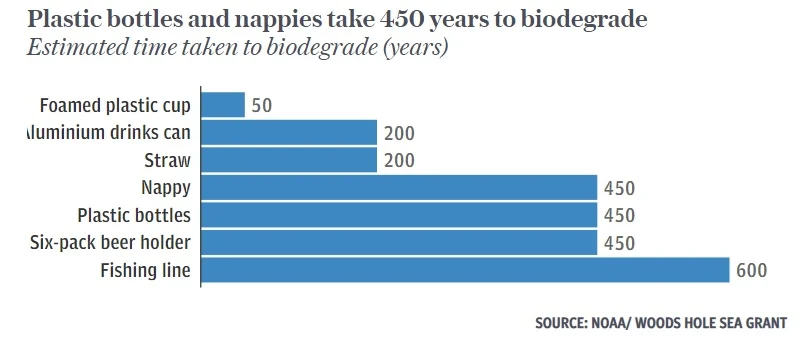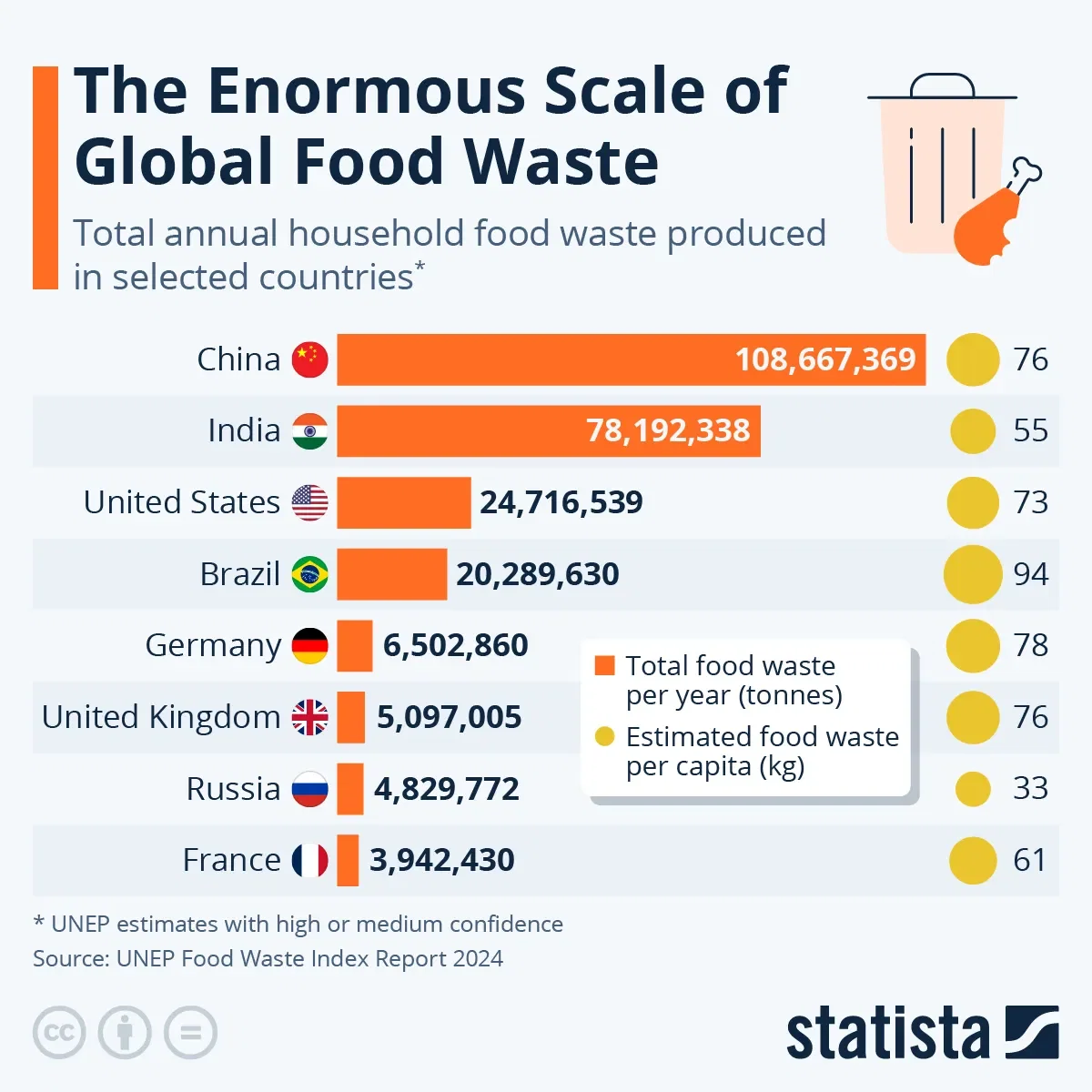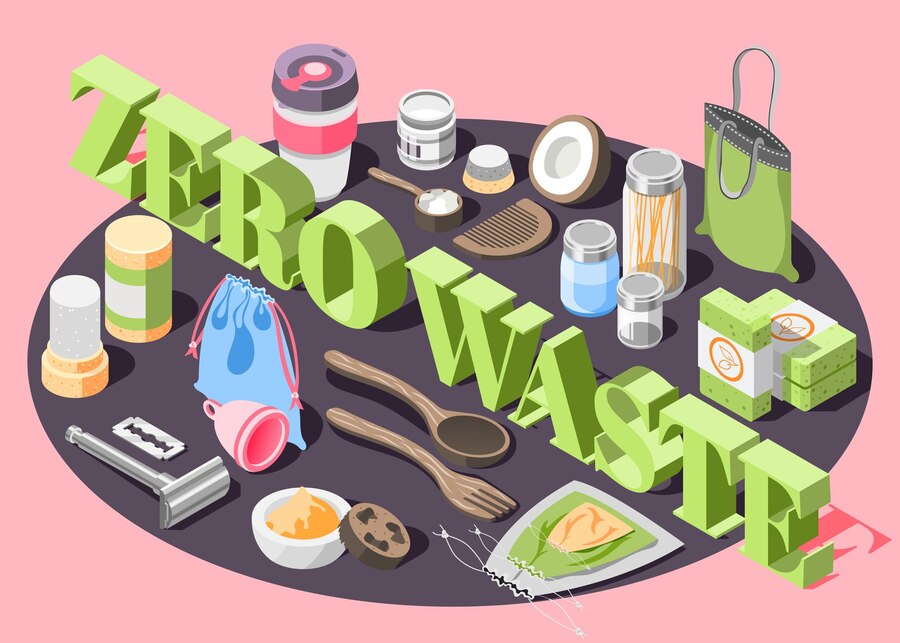Why Zero-Waste Living Matters Now More Than Ever
In 2025, the zero-waste movement has evolved from a niche lifestyle to a global imperative. With landfills overflowing, microplastics infiltrating our oceans, and climate change accelerating, households are seeking actionable ways to reduce their footprint. But modern zero-waste living isn’t just about refusing straws—it’s about integrating smart technology, creative upcycling, and community-driven solutions. This article unpacks innovative hacks to transform your home into an eco-friendly haven, blending cutting-edge tools with timeless DIY projects. Let’s dive in!
- The Reality Check: A Critical Look at Zero-Waste Living
- 1. Upcycle Glass Jars into Multi-Purpose Organizers
- 2. Smart Plugs: Slash Energy Waste Automatically
- 3. DIY Beeswax Food Wraps (Replace Plastic Cling Film)
- 4. Compost with High-Tech Worm Farms: Turn Food Scraps into Garden Gold
- 5. Turn Old T-Shirts into Reusable Grocery Bags
- 6. Biodegradable Tech: Plant-Based Phone Cases
- 7. Community Tool Libraries: Share, Don’t Buy
- 8. Solar-Powered Outdoor Lighting
- 9. DIY Natural Cleaning Kit
- Small Steps, Big Impact
- FAQs
The Reality Check: A Critical Look at Zero-Waste Living
Before exploring solutions, let’s address the elephant in the room: Is zero-waste living achievable for everyone? Critics argue that systemic issues—like limited access to bulk stores or the high cost of eco-products—make it a privilege. Others point to “greenwashing,” where companies market products as sustainable without real impact.
Key Challenges:
- Cost Barriers: Organic cotton produce bags or stainless steel containers often cost more upfront.
- Time Investment: DIY projects and meal prepping require effort busy families may lack.
- Infrastructure Gaps: Only 9% of plastics are recycled globally, and many cities lack composting programs.
The Takeaway: Individual actions matter, but they must pair with advocacy for policy changes (e.g., stricter corporate regulations). Start small, prioritize reusable items you already own, and remember: progress, not perfection!
1. Upcycle Glass Jars into Multi-Purpose Organizers
Modern Solution: Repurpose pasta sauce or pickle jars instead of buying new storage containers.
DIY Steps:
- Soak jars to remove labels.
- Paint lids with eco-friendly chalk paint for a rustic look.
- Use jars to store spices, office supplies, or DIY cleaning kits.
Pro Tip: Add chalkboard labels for easy identification.
Improvement: Host a jar swap with neighbors to collect extras!

2. Smart Plugs: Slash Energy Waste Automatically
Modern Solution: Smart plugs (like TP-Link Kasa) cut phantom energy drain by powering down devices when idle.
Why It Works: The average household wastes $100/year on idle electronics. Smart plugs automate savings.
Improvement: Pair with solar panels to maximize renewable energy use.
3. DIY Beeswax Food Wraps (Replace Plastic Cling Film)
DIY Steps:
- Melt beeswax pellets in a double boiler.
- Brush wax onto cotton fabric scraps.
- Let cool—use wraps to cover bowls or pack snacks.
Eco-Bonus: Opt for organic hemp fabric and fair-trade beeswax.
4. Compost with High-Tech Worm Farms: Turn Food Scraps into Garden Gold
Modern Solution: High-tech worm farms, like the sleek Urbalive Worm Cafe or the app-connected Hungry Bin, are revolutionizing home composting. These systems use red wiggler worms to break down food waste into nutrient-rich vermicompost—without the mess, odor, or guesswork of traditional compost piles. Equipped with odor filters, drip trays for “worm tea” (liquid fertilizer), and modular stacking designs, they’re perfect for apartments, balconies, or small kitchens.
Why It Works:
- Speed & Efficiency: Worms process up to half their weight in food scraps daily—10x faster than regular composting.
- Space-Smart: Compact units (as small as 2’x1’) fit under sinks or on countertops.
- Closed-Loop System: Directly connect food waste to growing herbs or houseplants with homemade fertilizer.
Critical Analysis:
While worm farms are a breakthrough, challenges persist:
- Upfront Costs: High-tech models range from 150–400, a barrier for budget-conscious households.
- Learning Curve: Overfeeding or improper moisture levels can attract fruit flies or harm worms.
- Scalability: Limited capacity (most handle 1–2 lbs of scraps daily) may not suit large families.
Improvement Ideas:
- Community Worm Farms: Partner with neighbors to share costs and rotate maintenance duties.
- Municipal Subsidies: Advocate for city programs (like San Francisco’s SF Environment) that offer discounted compost systems.
- Food Waste Drop-Offs: Use apps like ShareWaste to donate excess scraps to local farms or community gardens.
Food Waste to Compost: A Global Imperative
Globally, 1.3 billion tons of food are wasted annually—enough to feed 3 billion people. Households contribute 40–50% of this waste, often tossing scraps into landfills where they release methane, a greenhouse gas 25x more potent than CO₂. Vermicomposting tackles this crisis by diverting waste and creating a valuable resource.
Apps like NoWaste track fridge contents and expiry dates, reducing overbuying.
Pro Tip:
Start a “scrap jar” on your countertop to collect peels, coffee grounds, and eggshells. Freeze meat/dairy scraps (not compostable in worm farms) for municipal green bins.

DIY Project: Build a Budget-Friendly Worm Bin
Transform a plastic storage tub into a thriving worm habitat:
- Materials:
- Two 10-gallon plastic bins (drill holes in one for drainage).
- Shredded newspaper/cardboard (bedding).
- 1 lb red wiggler worms (20–30 online).
- Steps:
- Layer bedding in the drilled bin, add worms, and bury scraps under the bedding.
- Stack the second bin underneath to catch excess liquid (use as fertilizer).
- Harvest compost every 3–4 months by shifting worms to one side and adding fresh bedding.
- Feed Wisely: Avoid citrus, onions, and oily foods—stick to veggie scraps, tea bags, and crushed eggshells.
Success Story:
In Seoul, South Korea, the Zero Food Waste Challenge reduced household waste by 30% by mandating composting and providing free worm farms. Participants saved $200/year on trash fees and grew lush urban gardens with their vermicompost.
Pro Tips for Success:
- Balance Greens & Browns: Mix food scraps (greens) with dry leaves or shredded paper (browns) to prevent odor.
- Harvest Worm Tea: Dilute this liquid gold 1:10 with water for a potent plant feed.
- Troubleshoot Fast: If smells arise, add more browns; if worms flee, check pH (crushed eggshells help neutralize acidity).
The Bigger Picture:
High-tech worm farms aren’t just about waste reduction—they’re a gateway to rethinking our relationship with food. By closing the loop between consumption and regeneration, we turn “trash” into a tool for healing soils and combating climate change. Pair your system with a countertop compost bin (like Lomi) to process non-worm-friendly scraps, and you’ll shrink your landfill contribution to near zero.

5. Turn Old T-Shirts into Reusable Grocery Bags
DIY Steps:
- Cut sleeves and neck off a shirt.
- Stitch the bottom hem.
- Use handles for carrying produce.
Critical Angle: This hack tackles textile waste—87% of clothing ends up incinerated or in landfills.
6. Biodegradable Tech: Plant-Based Phone Cases
Modern Solution: Brands like Pela offer compostable phone cases made from flax straw.
Why It’s Better: Traditional plastic cases take 450+ years to decompose.
7. Community Tool Libraries: Share, Don’t Buy
Modern Solution: The rise of community tool libraries is revolutionizing how we access resources—proving that ownership isn’t always necessary. These shared spaces allow members to borrow tools like power drills, lawnmowers, or even camping gear for free or a nominal fee, reducing clutter and curbing overconsumption.
Why It Works:
- Cost Savings: The average power drill is used just 13 minutes in its lifetime. Why buy one for a single project?
- Space Optimization: Urban dwellers and small homes benefit from decluttering.
- Skill Sharing: Many libraries host workshops (e.g., basic carpentry or bike repair), fostering community connections.
Critical Analysis:
While tool libraries are a win for sustainability, they face challenges:
- Sustainability of Funding: Many rely on grants or donations, which can be inconsistent.
- Participation Gaps: Low awareness or “hoarding mentalities” may limit adoption.
- Maintenance Costs: Tools require upkeep, which strains volunteer-run models.
Improvement Ideas:
- Partner with Local Businesses: Hardware stores could sponsor tool libraries in exchange for promotional visibility.
- Digital Management: Use apps like MyTurn or Libib to track inventory and reservations seamlessly.
- Repair Cafés: Pair libraries with monthly repair events to extend tool lifespans and educate users.
DIY Inspiration: Start Your Own Mini Tool Co-Op
- Survey Your Neighborhood: Use social media to gauge interest and identify common needs (e.g., gardening tools, sewing machines).
- Collect Donations: Ask locals to contribute unused tools gathering dust in garages.
- Set Up a Shared Space: Use a shed, garage, or even a bookshelf in a community center.
- Create Simple Rules: Outline borrowing periods, late fees, and care guidelines.
Success Story:
The Toronto Tool Library—one of North America’s largest—boasts over 5,000 tools and 3,000 members. It also runs a “Library of Things,” lending everything from popcorn makers to projectors, proving that sharing economies can thrive in urban hubs.
The Bigger Picture:
Community tool libraries aren’t just about saving money—they’re a rebellion against hyper-consumerism. By normalizing borrowing over buying, we redefine “convenience” and build resilient, collaborative neighborhoods.
8. Solar-Powered Outdoor Lighting
Modern Solution: Solar-powered outdoor lighting has evolved far beyond dim, flickering garden stakes. In 2025, sleek, high-efficiency options like Brightech’s weather-resistant string lights or Ring’s motion-sensor security lamps harness sunlight to brighten pathways, patios, and driveways—no wiring or electricity bills required. These systems use advanced lithium-ion batteries and monocrystalline solar panels, storing enough energy to shine for 12+ hours even after cloudy days.
Why It Works:
- Energy Independence: Solar lights operate off-grid, reducing reliance on fossil fuels.
- Cost Savings: Eliminate installation fees and monthly costs—a $50 solar lamp pays for itself in under a year.
- Versatility: Choose from decorative bistro bulbs, pathway markers, or floodlights with smart app controls.
Critical Analysis:
While solar lighting is a game-changer, it’s not without flaws:
- Geographic Limitations: Homes in heavily shaded areas or northern latitudes may struggle with inconsistent charging.
- E-Waste Risk: Cheaply made models break quickly, contributing to electronic waste (only 17% of solar products are recycled).
- Aesthetic Trade-Offs: Some designs prioritize function over style, clashing with garden aesthetics.
Improvement Ideas:
- Hybrid Systems: Pair solar lights with low-voltage LED backups for cloudy regions.
- Modular Designs: Support brands like LuminAID, which use replaceable batteries and recyclable materials.
- Community Solar Programs: Advocate for neighborhood “solar hubs” to charge lights in sun-deprived areas.
DIY Project: Upcycled Mason Jar Solar Lanterns
Transform old jars into charming, eco-friendly lanterns:
- Materials: Clean mason jar, small solar panel (e.g., 2W garden light), LED bulb, hot glue.
- Steps:
- Remove the solar panel from a broken light (or buy a $5 kit).
- Glue the panel to the jar’s lid, ensuring the LED faces inward.
- Secure the lid, place the jar in direct sunlight, and let it charge.
- Style It: Fill the jar with dried flowers or colored glass for a personalized touch.
Success Story:
In Portland, Oregon, the Solarize PDX initiative helped 200+ households install solar lighting, reducing collective carbon emissions by 12 tons annually. Participants reported a 30% drop in outdoor energy use—and a surge in neighborhood nightlife as porches and gardens became inviting after dark.
Pro Tip:
Clean solar panels monthly with vinegar to maximize efficiency. Angle lights toward the equator (south in the Northern Hemisphere) for optimal sun exposure.
The Bigger Picture:
Solar lighting isn’t just about ambiance—it’s a statement. By opting for renewable energy, you’re voting against fossil fuels and pushing industries toward greener innovation. Pair these systems with native plants and rain barrels to create a fully self-sustaining outdoor oasis.
9. DIY Natural Cleaning Kit
Mix Your Own:
- 1 cup vinegar + 1 cup water + 10 drops lemon oil (all-purpose spray).
- Baking soda + castile soap (scrub for sinks).
Improvement: Store in repurposed glass bottles (see Hack #1!).

Small Steps, Big Impact
Zero-waste living in 2025 isn’t about drastic overhauls—it’s about mindful choices. Pair DIY creativity with modern tech to build habits that stick. Remember, every jar upcycled or watt saved contributes to a larger cultural shift. Share your journey on social media to inspire others!
FAQs
Q: Isn’t zero-waste living expensive?
A: Start with what you have! DIY projects like beeswax wraps cost less than recurring plastic purchases.
Q: How do I compost in an apartment?
A: Try compact electric composters (e.g., Lomi) or partner with a community garden.
Q: Can one person really make a difference?
A: Yes! If every U.S. household composted, it’d equal removing 7.8 million cars from the road.
Ready to try a hack? Tag @PlanetLifeHacks in your DIY project photos for a chance to be featured!


